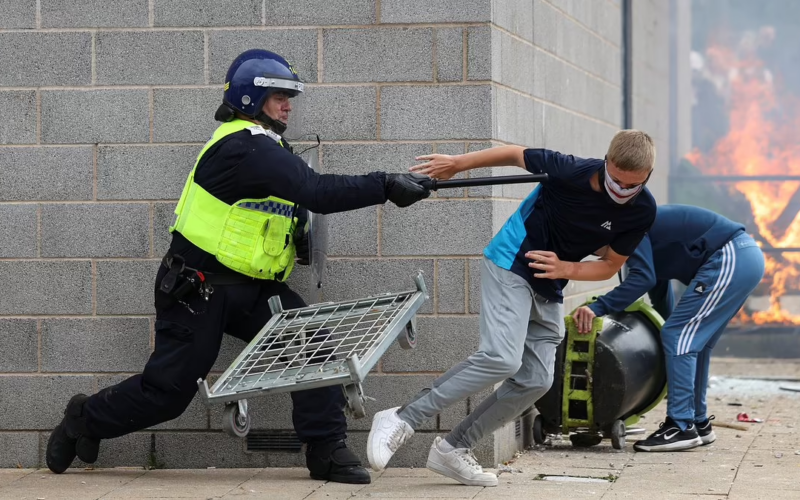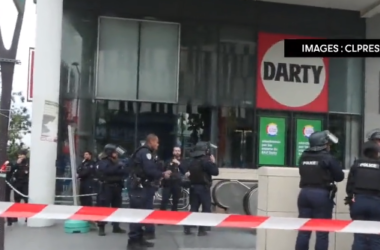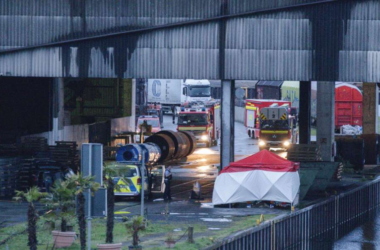In a troubling display of overreach, the UK government has mobilized a staggering 6,000 officers in response to recent protests, highlighting a severe disconnect from the underlying issues driving public unrest. Despite the relative calm of recent nights and a substantial number of arrests, the government’s heavy-handed approach seems to prioritize spectacle over substantive solutions.
Sir Keir Starmer’s decision to keep a “standing army” of officers on high alert, citing concerns about potential violence from football fans and the impact of hot weather, has sparked criticism. This strategy underscores a troubling pattern: the government appears more focused on managing the optics of unrest rather than addressing the root causes of public dissatisfaction.
Recent statements from Starmer reflect an exaggerated response to a situation that, while serious, has been somewhat under control. The Prime Minister’s fixation on the upcoming football season and high temperatures as potential triggers for further disorder seems to overlook the broader context of the protests. Instead of addressing the systemic issues that have fueled these demonstrations, the focus has shifted to a tactical, almost militaristic approach.
The recent riots, which erupted following tragic events in Southport, have been met with what many view as an overreaction. The Justice Secretary’s plan to release inmates after serving just 40% of their sentences has been criticized, especially since many rioters are expected to qualify for early release. This policy, intended to alleviate prison overcrowding, may undermine the government’s claims of a tough stance on rioters.
Critics, including Tory MP Greg Smith, argue that Labour’s mixed messaging is counterproductive. While the government emphasizes its tough stance on rioters, the reality of early releases undermines this rhetoric. The revolving door of the justice system, as Smith put it, risks making a mockery of the government’s efforts to restore order.
Moreover, the introduction of additional prison spaces and the swift sentencing of rioters—described as thugs and criminals by officials—seems to be more about creating a sense of action than effecting real change. The emphasis on punitive measures rather than addressing the socio-economic grievances that have sparked these protests further alienates the very communities that need meaningful engagement and reform.
In addressing the protests, the government’s approach seems overly reactive and disconnected from the genuine concerns of citizens. The police and justice system’s focus on handling immediate disruptions may be overshadowing the need for a deeper, more thoughtful response to the underlying issues that have led to such widespread unrest.
As the UK braces for potential further unrest, it’s clear that a more nuanced approach is needed—one that goes beyond reactive measures and addresses the root causes of public discontent. The current strategy, marked by excessive force and short-term fixes, risks missing an opportunity for genuine reform and understanding.








